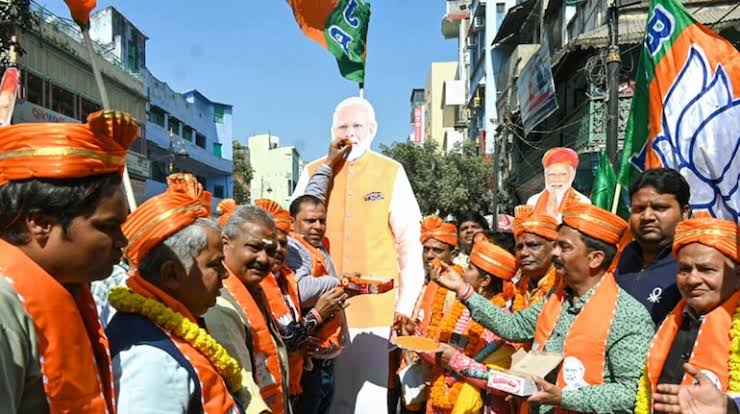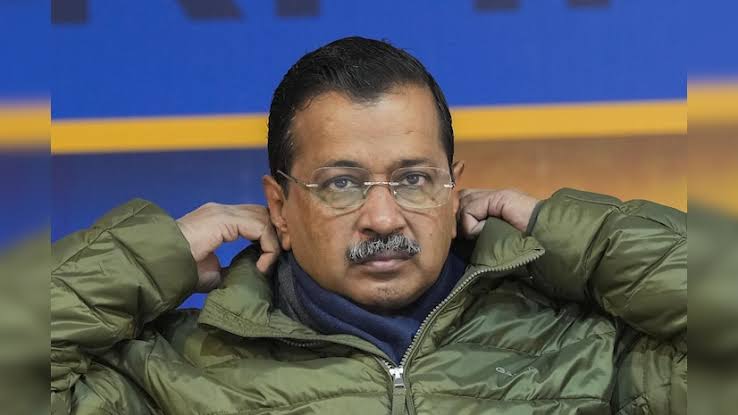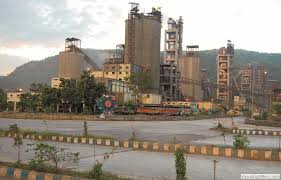The Aam Aadmi Party’s (AAP) loss in the 2025 Delhi assembly elections marks a significant turning point in the capital’s political landscape. After securing only 22 seats—down from a commanding 62 in 2020—the party now faces uncertainty over its governance model, which has long been centered on providing welfare schemes like free water, electricity, and improved public services.
 Meanwhile, the Bharatiya Janata Party (BJP) has made a resounding comeback, winning 48 of Delhi’s 70 seats and ending a 26-year-long absence from power in the city. As the BJP prepares to form the new government, many Delhi residents are questioning what will happen to AAP’s flagship schemes that have shaped the lives of millions over the past decade.
Meanwhile, the Bharatiya Janata Party (BJP) has made a resounding comeback, winning 48 of Delhi’s 70 seats and ending a 26-year-long absence from power in the city. As the BJP prepares to form the new government, many Delhi residents are questioning what will happen to AAP’s flagship schemes that have shaped the lives of millions over the past decade.
The BJP, in its manifesto, has assured citizens that it will continue these schemes while working to eliminate corruption and improve efficiency. The party has also introduced a series of new welfare initiatives, such as financial aid for women, affordable LPG cylinders, and expanded healthcare benefits under the Ayushman Bharat Yojana. Additional commitments include increasing pensions for senior citizens, launching skill-development programs for students, and providing better support for auto and taxi drivers.
For AAP, this election result is a major setback, forcing the party to re-evaluate its strategy and political future. Arvind Kejriwal’s leadership, once synonymous with governance reforms and citizen welfare, now faces its biggest challenge. The loss also raises questions about whether the political tide in Delhi is shifting permanently or if AAP can regain its foothold in the years to come.
As Delhi prepares for a new government, the focus remains on whether the BJP will uphold its promises and how the transition will impact the lives of the city’s residents. With both political camps making ambitious commitments, the coming months will reveal whether Delhi’s welfare-driven governance model continues or undergoes a fundamental transformation.




